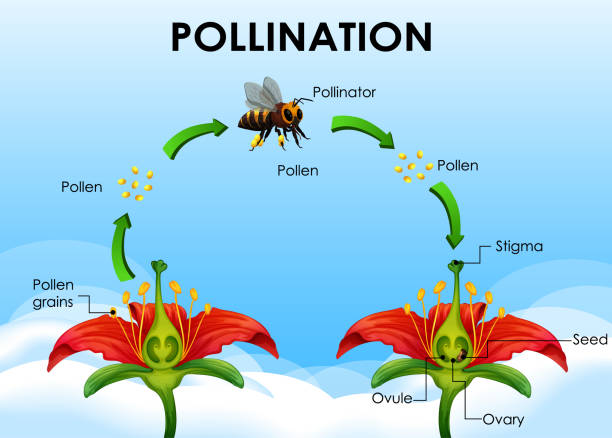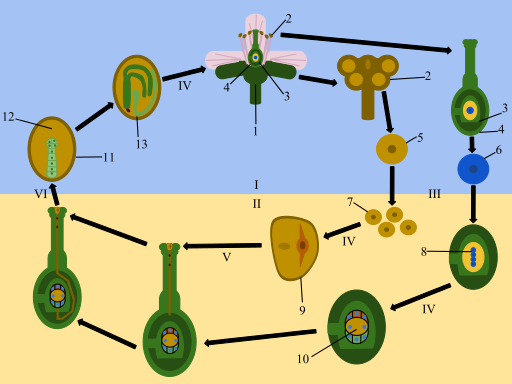Have you ever stopped to wonder how plants reproduce? While it may not be as exciting as human reproduction, plants have their own unique way of propagating themselves. The process of plant reproduction involves two important steps: pollination and fertilization. In this blog post, we'll explore the difference between these two processes and why they're both essential for plant reproduction.
What is Pollination?
Pollination is the transfer of pollen grains from the male reproductive organs of a flower to the female reproductive organs of another flower or the same flower. This transfer can be carried out by various agents such as wind, water, or animals. When the pollen lands on the stigma of a flower, it germinates and sends a tube down the style towards the ovary. This process is known as pollen tube growth.

Pollination can be classified into two types: self-pollination and cross-pollination. Self-pollination occurs when the pollen from the same plant is transferred to the stigma of the same flower or a different flower on the same plant. Cross-pollination, on the other hand, occurs when the pollen from one plant is transferred to the stigma of another plant of the same species.
What is Fertilization?
Fertilization, on the other hand, is the process of fusion of male and female gametes. After pollination, the male gamete contained in the pollen tube fuses with the female gamete (ovum) in the ovule of the ovary. This fusion results in the formation of a zygote, which is the first cell of the new plant. The zygote develops into an embryo, which eventually grows into a seed.

The main difference between pollination and fertilization is that pollination is the transfer of pollen from one flower to another, while fertilization is the fusion of the male and female gametes to form a zygote. Pollination is a necessary step for fertilization, but fertilization can only occur after successful pollination.
Why are Pollination and Fertilization Important?
Pollination and fertilization are both essential for plant reproduction. Without pollination, there would be no transfer of pollen grains, and no fertilization would occur. Without fertilization, there would be no formation of a zygote, and no new plant would grow.
In addition to reproduction, pollination and fertilization also play a vital role in the ecosystem. Pollination by animals such as bees, butterflies, and birds helps to pollinate crops and plants, which is essential for food production. Fertilization ensures genetic diversity, which is important for the survival and adaptation of plant species.
In conclusion, pollination and fertilization are both essential steps in plant reproduction. While they may seem like simple processes, they are critical for the survival of plant species and the ecosystem as a whole. So the next time you see a bee buzzing around a flower, remember that it's not just collecting nectar, but also playing an important role in plant reproduction.
